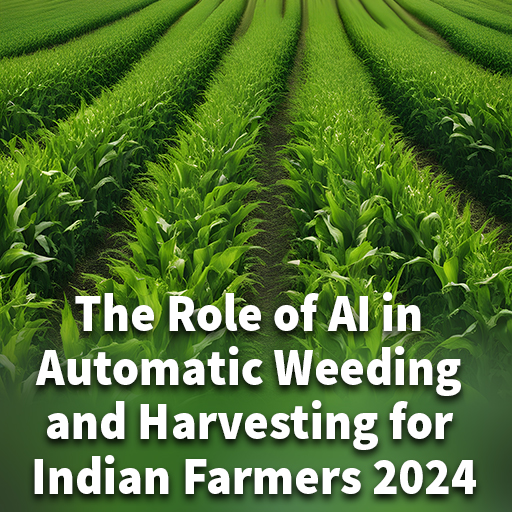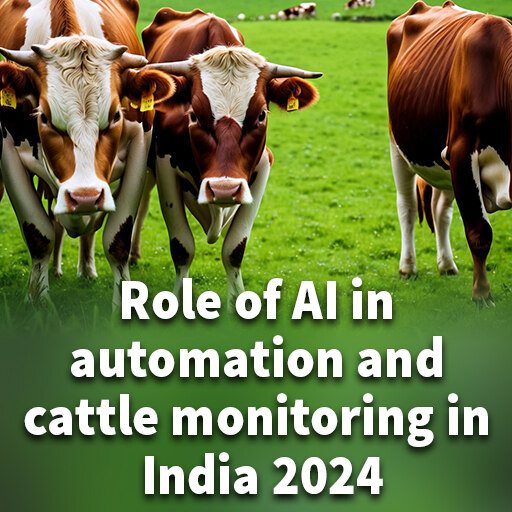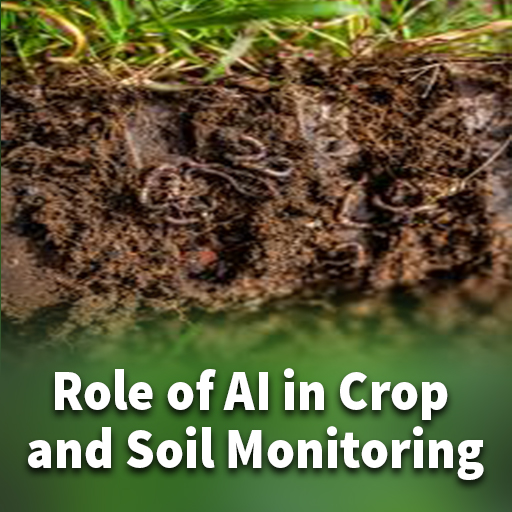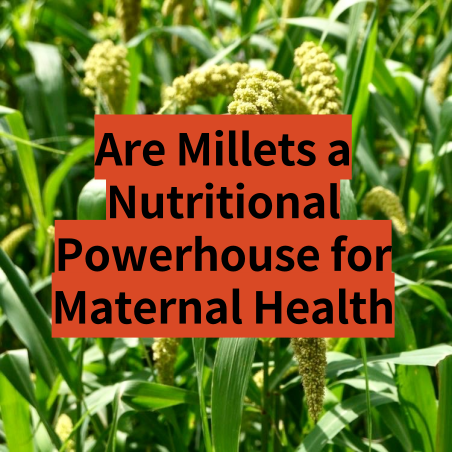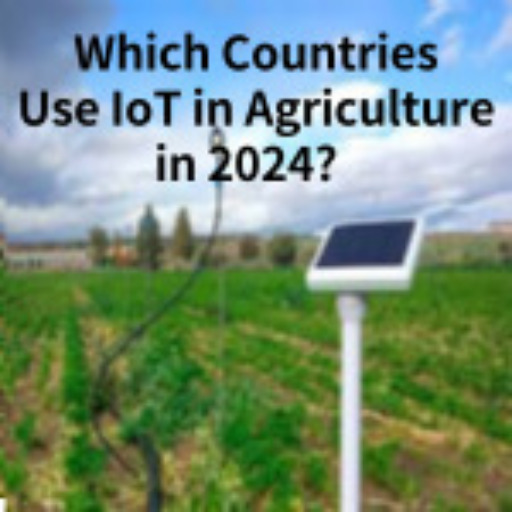Intercropping is an umbrella term for growing two or more crops close together: in the same rows or close enough for plant interaction. It is a handy tool for modern gardeners as it allows them to grow more crops on a given piece of land at a given time while using the same ecological resources.
Intercropping in vegetable farming means the intercropping of vegetable crops primarily used for human food, such as carrots, onions, garlic, cabbage, lettuce, sweet maize, and beets.

What is the purpose of intercropping?
Inter-cropping is a very ancient technique. The primary purpose of the practice is to get greater yields of crops and vegetables in a given space and time. In a small area, gardeners can grow different crops and minimize the open spaces between plants, which often promotes the growth of weeds and unnecessary plants. It also enhances soil fertility. It promotes healthy interaction among plants, which is good for the health of plants. Thus, the primary purpose of inter-cropping is to increase crop yields and variety and develop a favorable relationship among different species of plants.
Types of Intercropping
Farmers should consider the density, architecture, maturing period, irrigation, sunlight, and nutrient requirements of different species when planting them together. Intercropping is defined by a specific arrangement of plants that serves as the foundation for its classification. Thus, inter-cropping types fall into row cropping, strip intercropping, alley cropping, relay cropping, and mixed inter-cropping. Here is a glimpse of all these types and how they benefit from getting more crops.
Row Cropping
As evident from the name, plants are arranged in rows in this type of intercropping. Cereals and legumes such as corn and beans are a common and beneficial combination. In this example, row cropping includes additional nitrogen fixation by legumes in symbiosis with Rhizobium bacteria.

Strip Cropping
This technique is almost similar to row cropping, but the main difference is that the land sections are large enough to allow machine operations and independent cultivation. Growing wheat, corn, and soy beans alternatively in six-row is a widespread pattern of strip cropping in the US.
Alley Cropping
It involves growing crops in the alleys formed by trees, bushes, or hedges. This technique works on the principle that tall plants protect the smaller ones from extreme winds and shelter them from direct sunlight. They also prevent soil erosion through their vigorous root systems.

Mixed cropping
As the name suggests, it involves sowing different species of plants or vegetables in different or the same rows without any specific pattern. The main benefit of mixed cropping is that it protects the primary crop from extreme weather conditions like drought, frosts, and winds.

The Advantages or Disadvantages of Intercropping
When two crops are planted together, they will compete or help each other to get ecological resources like water, light, and nutrients. It means the crops can positively or negatively affect each other. A successful intercropping of vegetables means maintaining a good balance between competition and facilitation. Strong facilitation occurs when legumes improve soil quality by fixing nitrogen. It also happens when a second crop acts as a cover crop, shading the soil and increasing water retention, or as a windbreaker, sheltering a crop or reducing wind erosion. The other side of the coin is where the secondary crop competes with the primary crop for moisture, space, and nutrients.
Advantages
Here are some of the benefits of intercropping:
1. Greater yield, greater income:
Intercropping provides a farmer with higher financial returns. Even if you are growing produce for your own family or as a hobby, you will end up with a variety of products, which is always a good thing. Farmers will be able to use the same land and produce more diversely by intercropping. This increases the farmer’s income without incurring any significant expenses. The infrastructure or land used remains unchanged.
2. Insurance against crop damage:
Intercropping serves as insurance to the farmers who cultivate in the regions prone to weather extremes. Drought, flood, excessive rain, hurricanes, or cyclones can drastically affect the yields of a crop. Having multiple harvests helps the former to have some extra income, even if the primary crop suffers any damage due to unfavorable weather conditions.
3. Best use of soil:
Intercropping maximizes the use of available soil. When crops are produced on farmland, they tend to absorb as much water and nutrients as they require. There will be more nutrients in the ground beneath the crops and surrounding them. The various crop varieties may utilize this soil and, more significantly, the nutrients. Intercropping also reduces soil runoff and the growth of weeds.
Disadvantages
Intercropping can lead to poorer yields sometimes. The crops may be incompatible and can compete for the same nutrients and, of course, water. Thus, it may happen that both the crops fail to produce enough yield. In addition to this, it is complicated. If anything goes wrong with one crop, the other will also suffer horribly.
Conclusion
In a nutshell, the pattern, sowing period, and plant combinations used in intercropping vary. Perennials may grow with other perennials or annuals, while annuals can grow alongside other annuals. Garlic and tomatoes are an example of a perennial-annual intercropping pair. Coffee and bananas are a typical perennial combo in tropical countries. Contact us for more details.




